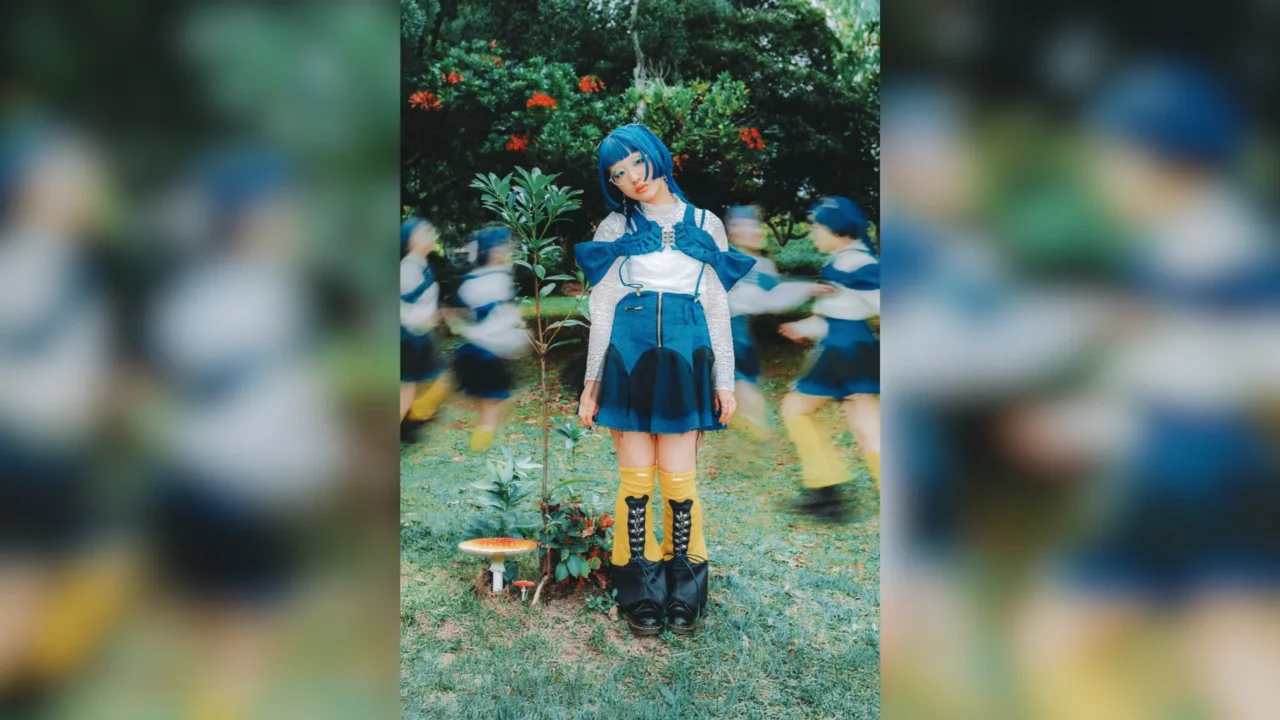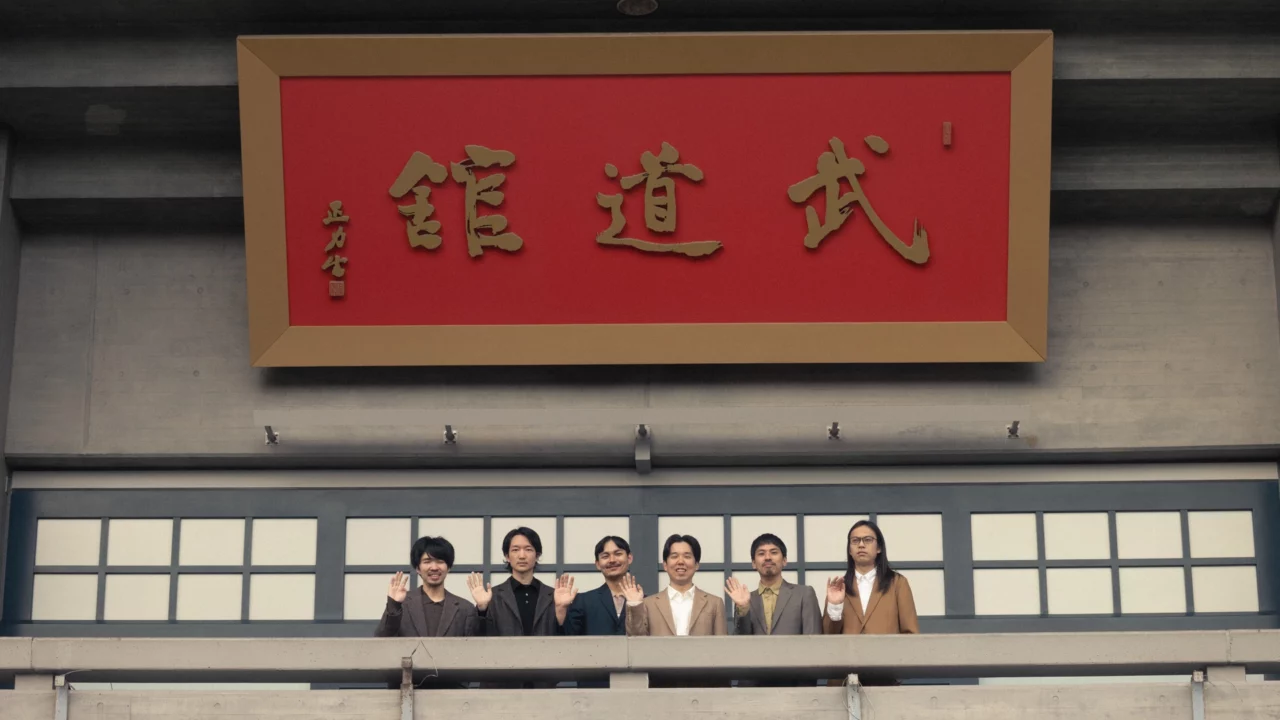Director Alexander Payne’s latest film, ‘The Holdovers’ known for his previous works like ‘About Schmidt,’ ‘Sideways,’ and ‘Nebraska,’ will be released on June 21 (Friday).
The film meticulously evokes the 1970s era through its art, costumes, cinematography, and music, aiming beyond mere vintage simulation to provoke reflection on the present through history and the past, notes critic Yuji Shibasaki.
The name of clarinetist Artie Shaw, beloved by a character in the film, who thrived in the 1930s to 1940s, carries significant meaning. This insight is explored in the 15th installment of the series “How Song Selection Shapes Movies.”
*This article contains descriptions related to the content of the film. Please be aware.*
INDEX
Human Drama Set in a Boarding School in the 1970s
Attention to detail and classy realism. The humor is dry and daring, and the people are warmly cared for. Alexander Payne is a contemporary master filmmaker who has achieved a rare, if not spectacular, result by skillfully blending all of these elements into a single film.
For fans of Payne’s work, ‘The Holdovers’ is a fortuitous film. Twenty years after their exquisite combination in ‘Sideways’ (2004), his masterpiece and nominee for the “Academy Award” for Best Adapted Screenplay, Payne is back with Paul Giamatti.
The film is set at the Barton School, a boarding school near Boston, U.S., during the Christmas season at the end of 1970. The protagonist, Paul Hannum (Paul Giamatti), is a dour middle-aged man who has been teaching ancient history at this traditional school for many years. Just before Christmas vacation arrives, he is assigned to supervise the students who remain in the school during the same period, unable to return to their parents, as punishment for flunking the son of a senator. The students are fed up from the start with having to spend their vacation with Mr. Hannam, a stiff (and hated by the whole school), but so are the teachers. In addition, another student, Mary Lamb (Davine Joy Randolph), the head cook of the school’s cafeteria, is about to celebrate Christmas without her family in a run-down school building. She had just lost her only son, Curtis, a student at the school, for one reason or another.
A short time after the start of this shabby vacation, a helicopter suddenly arrives on the school grounds. The father of one of the detentions, Chopper, had come to take his son out on a ski trip. The students immediately call their parents and ask permission to accompany their son on the ski trip. However, only one student, the troubled Angus Tully (Dominique Cessa), is left behind, unable to reach his mother. His mother has cancelled Angus’ long-awaited vacation to St. Kitts at the last minute and has gone off on her honeymoon with her future husband. As is evident from this turn of events, he seems to be having major problems with his family relations.
Hannam, Mary, and Angus are the only ones left. The three of them, each with their own feelings of alienation, clash over trivial matters and treat each other in a distant manner. However, amidst the various events that happen day after day, they listen to each other’s stories and gradually come to understand each other. ……

In his previous films, Payne has depicted the feelings of loneliness and alienation felt by “ordinary people” of various ages and origins, and his characterization of each of the characters in this film is very skillful. At the same time, he not only emphasizes the melancholy of his characters, but also infuses them with comedic elements as always.
Payne is also known for his attention to detail in art and costumes, and his attention to detail in this film is the highest in his career. The first thing to note is the thorough simulation of the “1970s feel” of the film. Even the studio logo and title card that appear at the beginning of the film are enough to make any lover of 1970s American cinema smile, but this is literally just the beginning. The film’s use of state-of-the-art technology is evident in the unprecedented level of “film-like” vintage-style production, including the use of color tones, noise, and the flickering feel of frame-by-frame transitions. The film also makes bold attempts in shots and editing, effectively using techniques common in 1970s American films (but rarely used today), such as extreme zooming out, to create a picture with a critical mass that is more than just “1970s-style”.
INDEX
Vintage Sound Quality: Deliberate Degradation and Atmosphere
The same orientation applies to the treatment of the sound. As the author of this series, I was even more deeply impressed by this aspect of the film.
In an interview with the film information website Flickering Myth, Mark Orton, who was in charge of the original score for this film, stated the following
Even before I was looking at the picture, he spent a week up here in Portland, Oregon, where I live in this very messy studio. We just spent a week talking about the music of the time period taking place in 1970. It is critical to his work on this one because he wanted it not only to feel like a film that was taking place in 1970 but truthfully to feel like a film that was created in 1970. I mean, he put those limitations on himself on the sound on the music side, even to go as far as to have an optical soundtrack, you know, with the film when you see it in a mono theatre, as it would have been in 1970. So opposite of Dolby Atmos and that aesthetic.
From https://www.flickeringmyth.com /exclusive-interview-composer-mark-orton-on-the-holdovers/
As the discerning viewer will immediately notice, the film’s soundtrack sounds quite lo-fi compared to most modern productions. It’s almost as if one is experiencing a film screening of a 1970s film. According to the article ” The “Film Look” and How The Holdovers Achieved It ” in Filmmaker Magazine, the soundtrack was rolled off at a low 8khz sampling rate in order to resemble the “Academy Monostandard” standard of the time. The roll-off process was done at a low 8khz sampling rate to resemble the “Academy Mono Standard” of the time. The effect is remarkable, and the low-fidelity of the audio gives it a sense of authenticity that is paradoxical in today’s media environment.

In addition to such technological exploration, the music selection is also thoroughly inspired by the “1970s” style. Let us list some of the existing songs used in the film.
The soundtrack features songs like The Chambers Brothers’ ‘The Time Has Come Today,’ Shocking Blue’s ‘Venus,’ Lalo Schifrin’s ‘Crying, Laughing, Loving, Lying,’ The Allman Brothers Band’s ‘In Memory of Elizabeth Reed,’ Tony Orlando & Dawn’s ‘Knock Three Times,’ Cat Stevens’ ‘The Wind,’ and more. Additionally, reflecting the Christmas season in the film’s setting, easy-listening versions of Christmas songs by The Swingle Singers, Herb Alpert & The Tijuana Brass, Andy Williams, and others are generously used. Some contemporary artists like indie folk singer Damien Jurado and indie rock band Khruangbin are also featured, fitting seamlessly into the vintage-inspired sound that has garnered high praise for blending perfectly with the film’s mood.
A similar trend is evident in the original score by Orton. As mentioned above, Orton and director Payne had a lengthy discussion prior to the production of the film, during which they listened to Carole King’s masterpiece “Tsuzure-ori” (1971) and studied other specific works from the early 1970s. Fans of rock and pop music of the time will immediately recognize the results of this research. In particular, the folk-rock “Candlepin Bowling” has such a “look” that I myself believed it to be an existing song by an artist from the 1970s until I checked the credits.






















